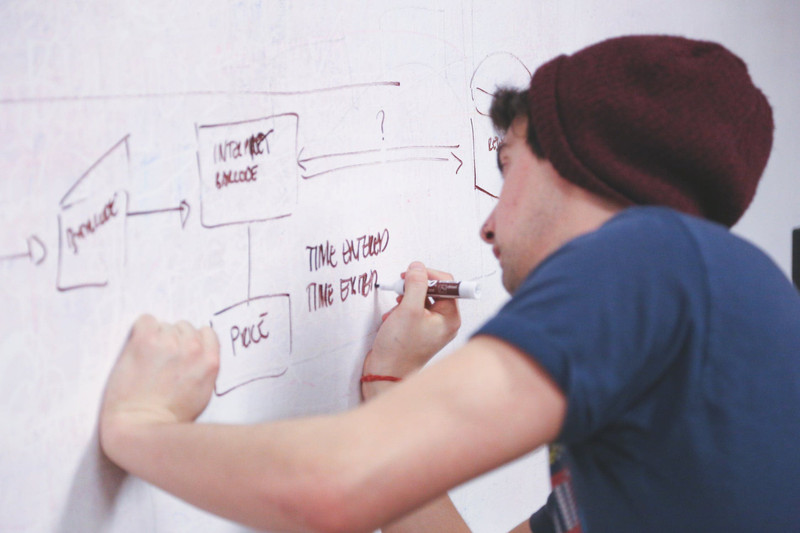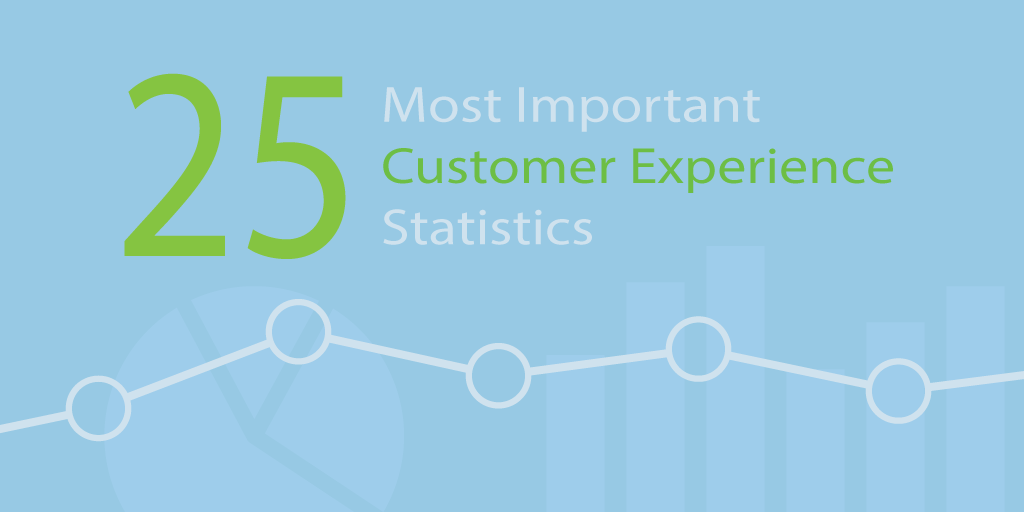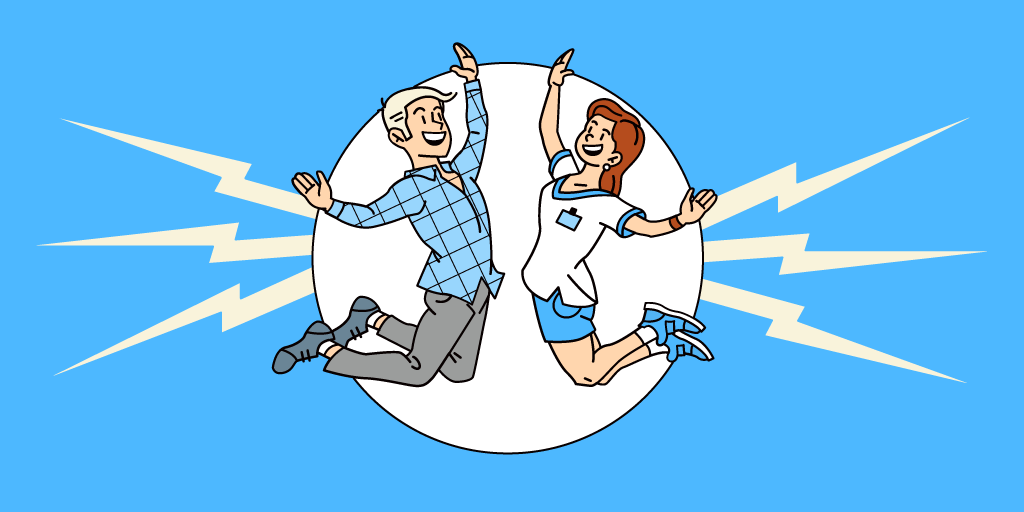A beautiful logo, attention-grabbing movie poster, attractive package of milk, a well-planned furniture in the waiting room, a mind-blowing architecture.
Design is what unites all these things. But did you know that your smooth experience at a restaurant, an airport, retail store or a hospital has a place in the above-listed things as well?
If you got surprised and thought what all of these have to do on a list united by the concept of design, then you need to hear about service design.
Brace yourselves as you will learn from the article:
What is service design?
Core principles of Service Design Thinking & its Benefits
Steps for creating a service blueprint
What is Service Design?
If you have a hard time understanding what service design really is don’t worry because you are not alone. In fact, many people find the difference between customer experience, user experience, and service design confusing and think that they are quite the same. Even though the notions have things in common, under no circumstances should they be seen as synonyms.
Service design refers to a human-oriented activity of planning and organizing resources of an organization with the aim of creating a quality employee as well as customer experiences across the whole customer journey process.
Perhaps, a quote by Marc Fonteijn will help us more for better understanding the service design concept:
The main motivation behind service design process is to improve the services through researching, developing and testing ideas. Service representatives such as retail stores, hotels, hospitals, educational as well as government facilities understand the importance of service design and started actively implementing the concept.
Core Principles of Service Design Thinking

There are different fields involved in the service sector and it is the responsibility of service design thinking to make sure all these fields work together smoothly and efficiently guaranteeing pleasant customer service experience.
-
Customer Centered
To really understanding your customer you need to put yourself in the their shoes. Even though the tastes and preferences of customers are changing rapidly, today, analyzing and understanding them is easier than ever.
Qminder is exactly what you need for that. The system helps you in engaging your visitors and assists them in signing-in for service once they arrive or at the moment of their choice. For improving their experience, you can inform your customer about their turn and wait time as well as offer personalized services with the information that Qminder provides to your staff.
Such information helps you to understand more deeply your client’s perspective such as if their expectations were met, what were their feelings regarding the provided service and your company in general.
Make these questions your priorities as a customer-oriented approach is fundamental for the development of your business. Mix empathy with strategic planning when dealing with customers and understanding personal, behavioral or psychological drivers of your customer using your business will be easier. This in its turn will help your organization’s growth.
-
Co-Creative
As we mentioned above, there are most probably various departments and stakeholders involved in your organization. Working with people from these departments as well as other stakeholders will result in increased level commitment, cohesion, and alignment of your organization and don’t forget that customer is also a part of your stakeholders.
If you really want to understand the perspective of your clients then involving them would be your best bet. Remember that yielding the best answers to the problems is only possible with the involvement of your customer.
-
Sequencing
Business should start viewing its service as a chain of interactions. Where does the service design start when a customer interacts with an airline company? No, not when they enter the plane but rather from the moment they start searching for flights and purchase a ticket.
Company’s need to understand that a customer considers every interaction with a business as a touch-point that influences him/her positively or negatively and determines their future contact with your organization.
Start viewing the interactions of your customers with your business not as a separate encounter but rather as an interconnected process. A process that creates the experiences for a journey and needs to be based on excellent and high-quality encounters.
-
Evidencing
Seeing is believing. Some parts of the services are invisible and your customer does not really realize that it exists unless they get a bill for it (not a pleasant reminder).
Remind your clients that you exist and your service is there for making their life better. You might not notice and take for granted the freshly changed beddings in your hotel room but it is one of the services that a hotel provides for you. To fix this, a hotel management might make a video or an article regarding how important it is to provide the clients with a fresh and clean environment.
Help your customers to remember and visualize your services which will have a positive impact on your business and promote customer loyalty as well as satisfaction.
-
Holistic
The entire environment is what matters. Every point in the service process is important, starting from the very first interaction such as entering the store until the end of it. Your customers perceive your business based on small undergone experiences. They might be small but have a big impact on the final experience.
A holistic approach might be challenging but the award is vital and yields positive customer experience journey. A journey that people will want to share with their friends and family!
Benefits of Service Design
-
Increased sales - Service design is one of the primary tools for understanding the customer needs, expectations and preferences. This helps in providing solutions to the problems and results in higher profitability of a firm.
One of the sectors that can strongly benefit from service design is the retail sector. Excessive returns pose as a threat to the retail sector. This problem is more common when it comes to the online shopping. People are not satisfied with the size of the clothes and return them back to the seller. Even though most of the sellers promote easy return policy we all know that it does not make them happy. So how did North Face fix this problem?
After tracking the user expectations and needs the company is now testing the AI for assisting you in finding the perfect jacket considering the temperature you will use it in, the activity while wearing one and your size. This tool serves as a digital shop assistant and makes the shopping experience more solid.
North Face reported that group who were given the size advisors option resulted in 2.4% increased sales compared to the traditional size-to-weight charts.
-
Improved Loyalty - Attracting new clients is not enough. The real challenge is making your customers loyal to your business, especially today when we have an abundance of service options.
Service design helps the companies in identifying the customer's needs as well as their emotional pain points that in its turn fosters strong loyalty. Services become as an added value for your clients and the competitive price does not become their only motivator for using your business.
-
Stronger Brand Image - The way customers experience your brand is directly through services. What are your actions, how you do those actions and how does the customers feel about it are the things that they remember the most.
Service design makes uncertain things certain through analyzing the whole customer journey and the way your services fit into the journey as well as company’s objectives.
How To Make a Service Blueprint

A service blueprint is a diagram that helps an organization to visualize and make sense of the service process for the purpose of better understanding the user experiences. It is a tool that describes the service characteristics in such a way that implement and maintain it. A service blueprint is a primary tool used in service design.
Assemble a Team - One for all, all for one. It is important to involve all the stakeholders that influence your service process. The participants should be of cross-disciplinary fields such as executives, managers, workers and most importantly the customers.
-
Figure Out - We mentioned already that customer is the core of the service design process, but the process itself rarely starts with your customer.
First, you need to understand your company goals and culture. How does the service provided by you align with the strategy of your business? A specific service project might take a different turn from your company’s vision due to the change in technology or working environment so revising it will help your projects in being aligned with organization’s goal and vision. This might also help you in creating future services that do not yet exist in your company.
-
Market Research - One of the differences from a customer journey map is that service blueprint is mostly concerned with internal research, which itself can be divided into two steps:
Employee research - Direct observation, surveys, employee diaries, etc.
Customer research - Here you need to research each step and feelings behind the stages that a customer goes through while interacting with your company.
-
Identify The Threats - It goes without saying that knowing the limitations is important. You will have a lot of ideas regarding your service but putting it in the realistic frames is crucial. Try to understand how viable your ideas are by:
Critically evaluating and identifying weaknesses in the proposed strategies. Make sure that stakeholders from each field are involved in this process as this way you will have a wider scope of things.
Think about innovative and creative ways of overcoming the barriers and minimizing the threats.
Limitations are not always bad. In fact, you should set certain limitations for yourself as the resources necessary for your business are most probably scarce.
-
Test - In order to be sure about the effectiveness of a service, you should first test your service prototype. It’s also an inexpensive way of examining things.
Create a template of your service and test in on your employees or several actual customers.
Identify the touch-points that your users experience during the service.
Ask the users feedback regarding the service process. Inquire if there some things were lacking during the interaction.
Write down the new ideas for possible improvement of the service experience that you have noticed during the testing.
-
Revise and Improve - Most of the strategies (if not all) need a revision at some point and service blueprint is no exception. The environment and your customer preferences tend to change rapidly. Make sure you are up to date by:
Constantly researching innovations in your service field.
Asking feedback from your customers regarding the new desired features they would like to see.
Identifying the metrics of your service success.
Implementing the changes.
Analyzing the changes
Now you know what service design is, what are its benefits and steps for implementing. Customer satisfaction is a goal of every business and service design is a critical tool for accomplishing it.
It is a tool that provides insights for creating or recreating a plan that helps in implementing, sustaining and improving a service. A service that will create desirable, enjoyable and most importantly effective experiences.






